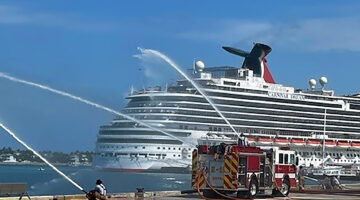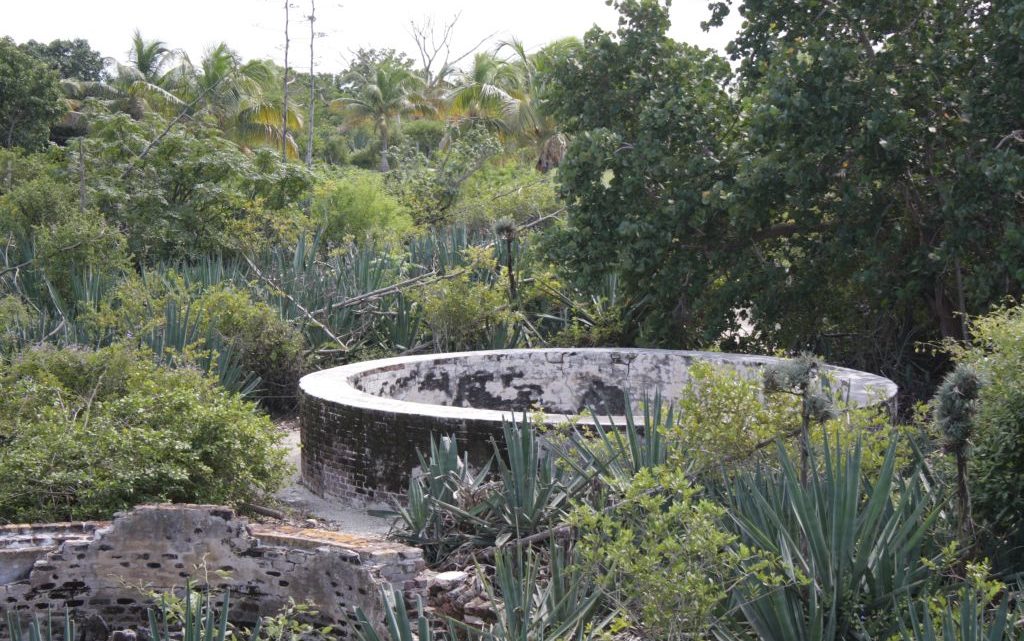The Destruction of Dade County’s largest Village
By Irving Eyster
Indian key was inhabited by Indians 2000 years ago. It was later used as a port to obtain water from the freshwater wells on the island of Lower Matecumbe by the Spanish, English, and Dutch.
In April 1824 Silas Fletcher opened a general store and built a house on the island of Indian Key. Jacob Houseman, a Key West wrecker had been operating out of Indian Key for several years when in July 1831 he purchased a two-story house. The island had become a wrecker’s village laid out with streets, a town square, bar, blacksmith shop, carpenter shop, and a warehouse for salvage good. There was a large wharf, about 30 houses, and a post office. In 1835 Samuel Spencer open the Tropical Hotel with a ballroom off to the side. As a result, the small eleven-acre island had grown and prospered.
On February 4, 1836, this little island became the County seat of Dade County, and a courthouse was built. Dade county was cut from Monroe County and ran from Bahia Honda to Lake Okeechobee, then to the ocean. This included what is today Miami Dade, Broward and part of Palm Beach counties. There were more people living on this key between Upper and Lower Matecumbe than the rest of the entire county.
Indian Key was the headquarters of the Tropical Plant Company, with Dr. Henry Perrine as its president and Mr. Charles Howe, vice president. This company was a nursery introducing new plants that might create new industries.
It was 2:00 a.m. on August 7, 1840, that Dade’s largest village came to a disastrous end. It was attacked by many Indians who raided the village killing six people. Dr. Perrine was one of those killed. These invaders set fire to the buildings before departing.
This tiny island refused to die. It became a navy base and in the last half of the 1800’s, it was once again a thriving village building ships and Carysfort and Alligator Reef lighthouses. A large part of the population at this time were Pinders.
In 1931, Mr. Horsley, who had an insurance company, came to the Keys often to entertain his salesmen by fishing and playing poker. He opened a fishing camp on Indian Key which was blown away by the deadly hurricane of 1935. The camp was rebuilt in 1940. The last of the buildings were washed away September 10th in 1960 by Hurricane Donna.
The island is now a historical state park, where the ruins of the cisterns and foundations of the 1930’s can be seen.
[livemarket market_name="KONK Life LiveMarket" limit=3 category=“” show_signup=0 show_more=0]


No Comment